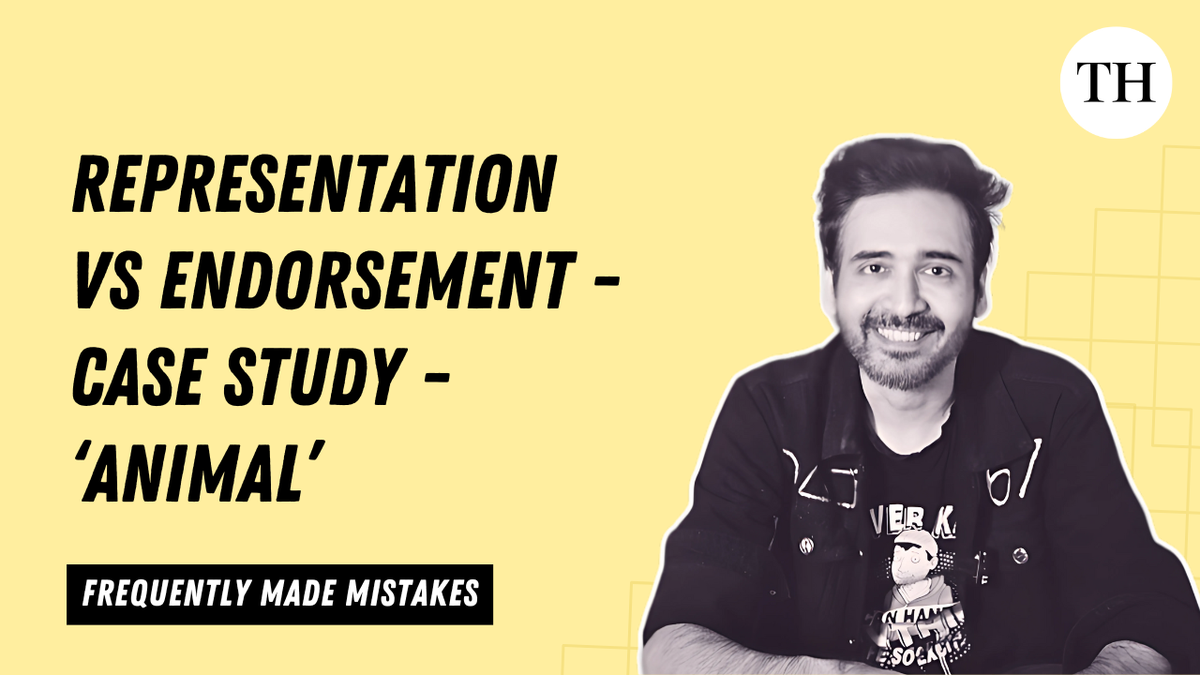Frequently Made Mistakes | Episode 1 | Animal
| Video Credit:
The Hindu
Welcome to ‘Frequently Made Mistakes’, a deep-dive series that unpacks where storytellers stumble—and how to course correct.
In our premiere episode, we tackle one of the most widespread storytelling errors: representation that seems like endorsement. Just because a film shows toxic masculinity doesn’t mean it’s critiquing it.
Our case study? Sandeep Reddy Vanga’s Animal.
On paper, it reads like a satire. In execution, it’s a celebration. Why? Because the comedic beats are sacrificed for drama, and stylized visuals—slow motion, soaring music, visual glamor—tilt the viewer’s sympathy toward the anti-hero instead of the women caught in his wake.
We contrast this with Adolescence, a film that earns its commentary by structurally splitting the spotlight—spending one episode with the son, and another with the father. That counterpoint makes all the difference.
In this episode, we cover:
• Why execution always trumps intention
• How Animal undermines its own critique
• Tools to keep satire sharp—like framing, consequences, and contrast
• Case examples like Borat, where we laugh at the hero, not with him
• A 3-part fix for this mistake every writer should know
Stick around for Screenwriting 101, where we deconstruct basics of a scene and give you a writing challenge you can post in the comments. We’ll highlight our favorites next episode.
Presentation, script and editing: Sudhish Kamath
Video: Vishal Bharadwaj, Samir Bharadwaj
Background score: Ivan Avakian
Published – April 11, 2025 07:32 pm IST
